Tag: Sibley tent
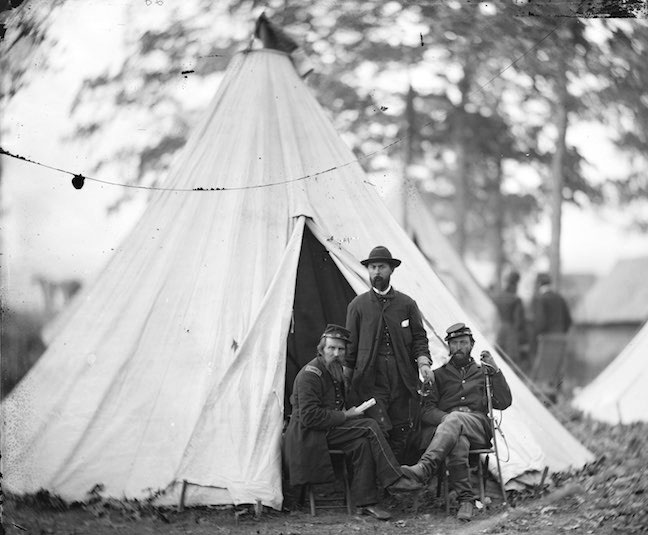 Wikipedia says: The Sibley tent was invented by the American military officer Henry Hopkins Sibley and patented in 1856. Of conical design, it stands about 12 feet (3.7 m) high and 18 feet (5.5 m) in diameter. It can comfortably house about a dozen men.
Wikipedia says: The Sibley tent was invented by the American military officer Henry Hopkins Sibley and patented in 1856. Of conical design, it stands about 12 feet (3.7 m) high and 18 feet (5.5 m) in diameter. It can comfortably house about a dozen men.
The Sibley design differed from other conical tents, or bell tents in a number of ways. Sibley’s design is supported by a central pole that telescopes down into the supporting tripod so that it takes less space to pack and store. The tripod could be erected over a firepit for cooking and heat. The Sibley design also required no guy ropes, being held down by twenty-four pegs around the base. Additionally, unlike earlier designs, the use of a cowl over the central pole allowed for ventilation and for the escape of smoke, regardless of wind direction.
The US Patent Office granted Sibley his patent April 22, 1856 (no. 14,740). The US Army used the tent exclusively during the Utah Expedition during the winter of 1857–58, proving the design. Several of the Plains Indian Wars veterans noted the tent’s similarity to Indian lodges—the smoke hole, the tent pegs around the outer edge, the fire pit, etc.
In accordance with an 1858 agreement with the Department of War, Sibley would receive $5 USD for every tent made. However, Sibley resigned from the US Army to join the Confederate States Army after the outbreak of the American Civil War. He received no royalties on his patent. The Union Army produced and used nearly 44,000 Sibley tents during the war.
After Sibley’s death, his relatives attempted unsuccessfully to collect the royalties from the War Department.
Showing 1–16 of 246 results
-
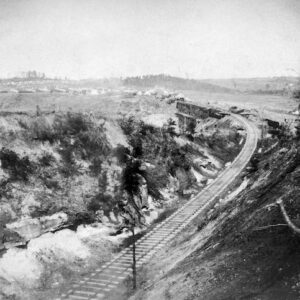
Image ID: AAAL
$5.99 -
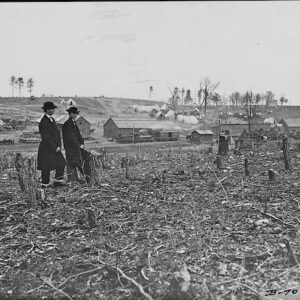
Image ID: AAFS
$4.99 This product has multiple variants. The options may be chosen on the product page -
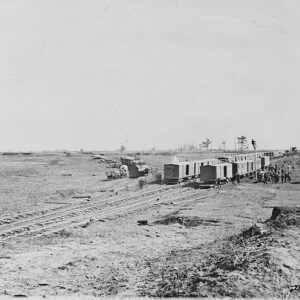
Image ID: AAFU
$2.99 – $6.99 This product has multiple variants. The options may be chosen on the product page -
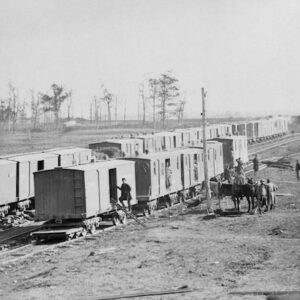
Image ID: AAGI
$5.99 -
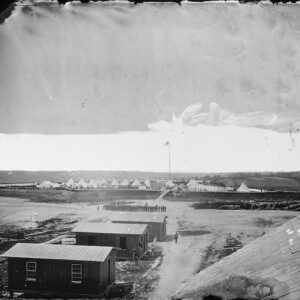
Image ID: AAGJ
$4.99 – $6.99 This product has multiple variants. The options may be chosen on the product page -
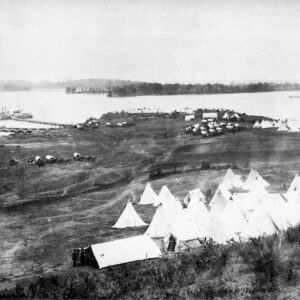
Image ID: AAHC
$2.99 -
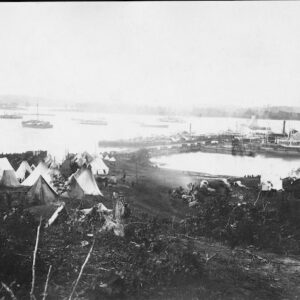
Image ID: AAHD
$6.99 -
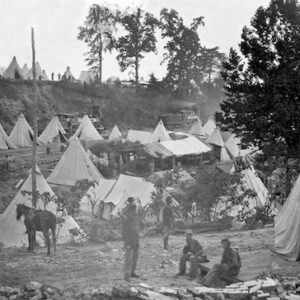
Image ID: AAHR
$6.99 -
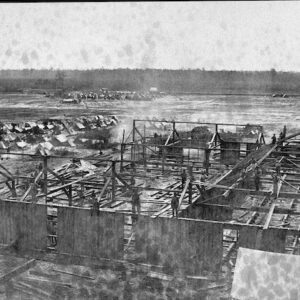
Image ID: AAHY
$4.99 -
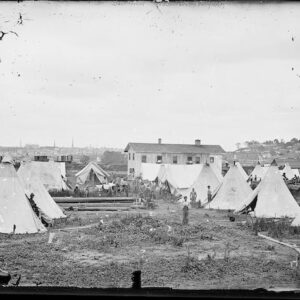
Image ID: AAKU
$4.99 -
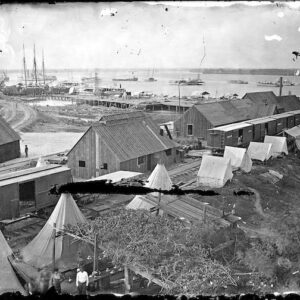
Image ID: AALL
$4.99 This product has multiple variants. The options may be chosen on the product page -
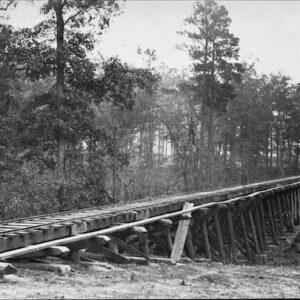
Image ID: AANZ
$5.99 -
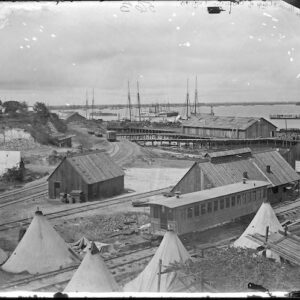
Image ID: AAPQ
$4.99 -
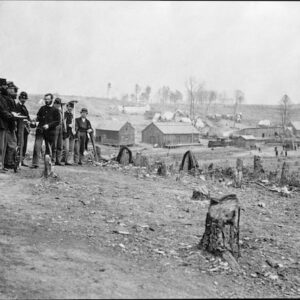
Image ID: AAQY
$8.99 -
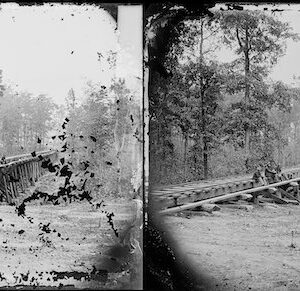
Image ID: AARI
$2.99 -
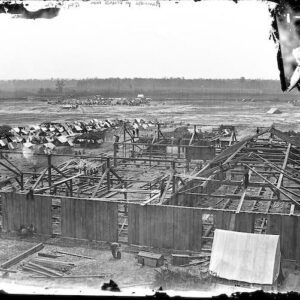
Image ID: ABCI
$4.99